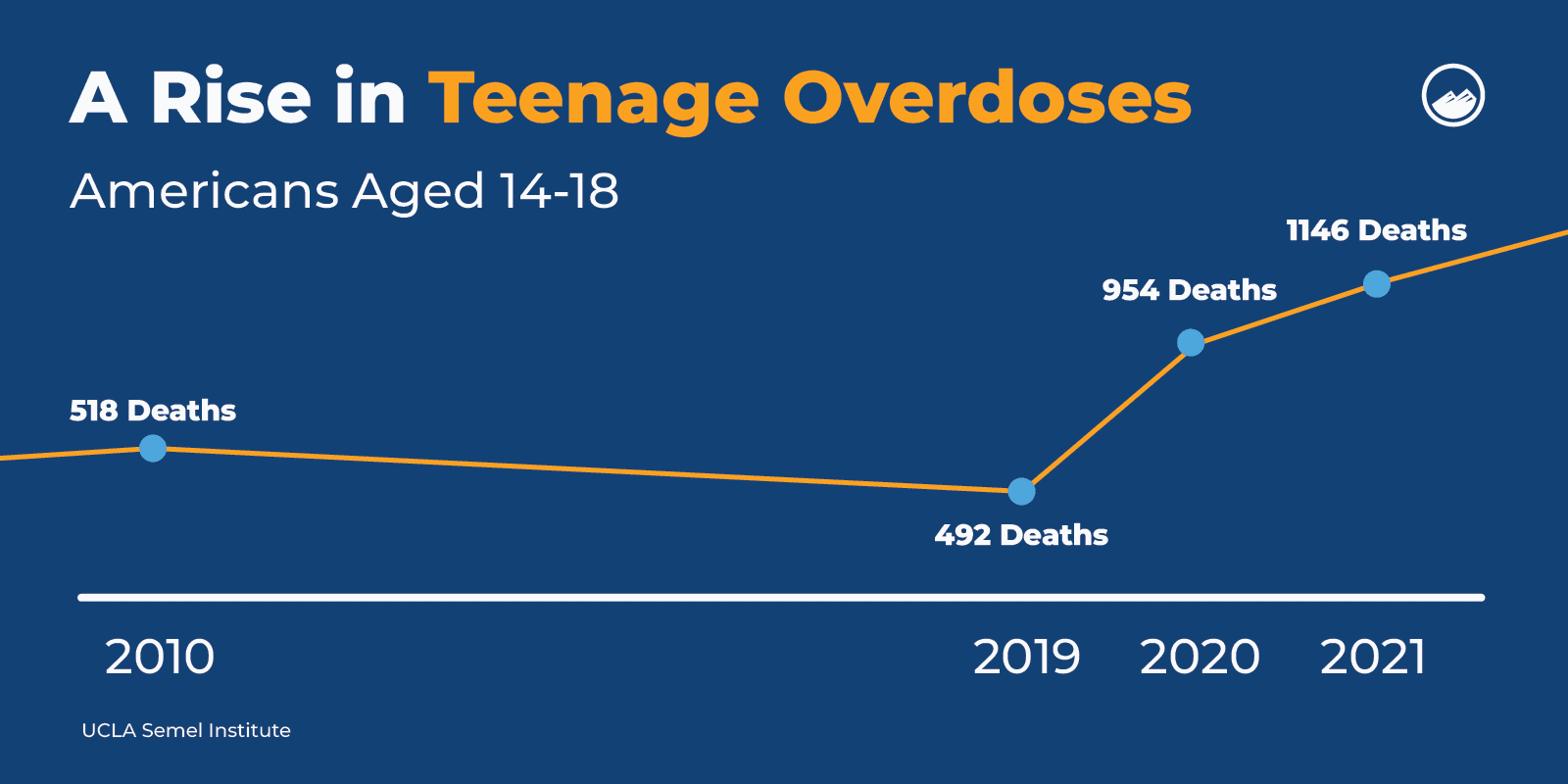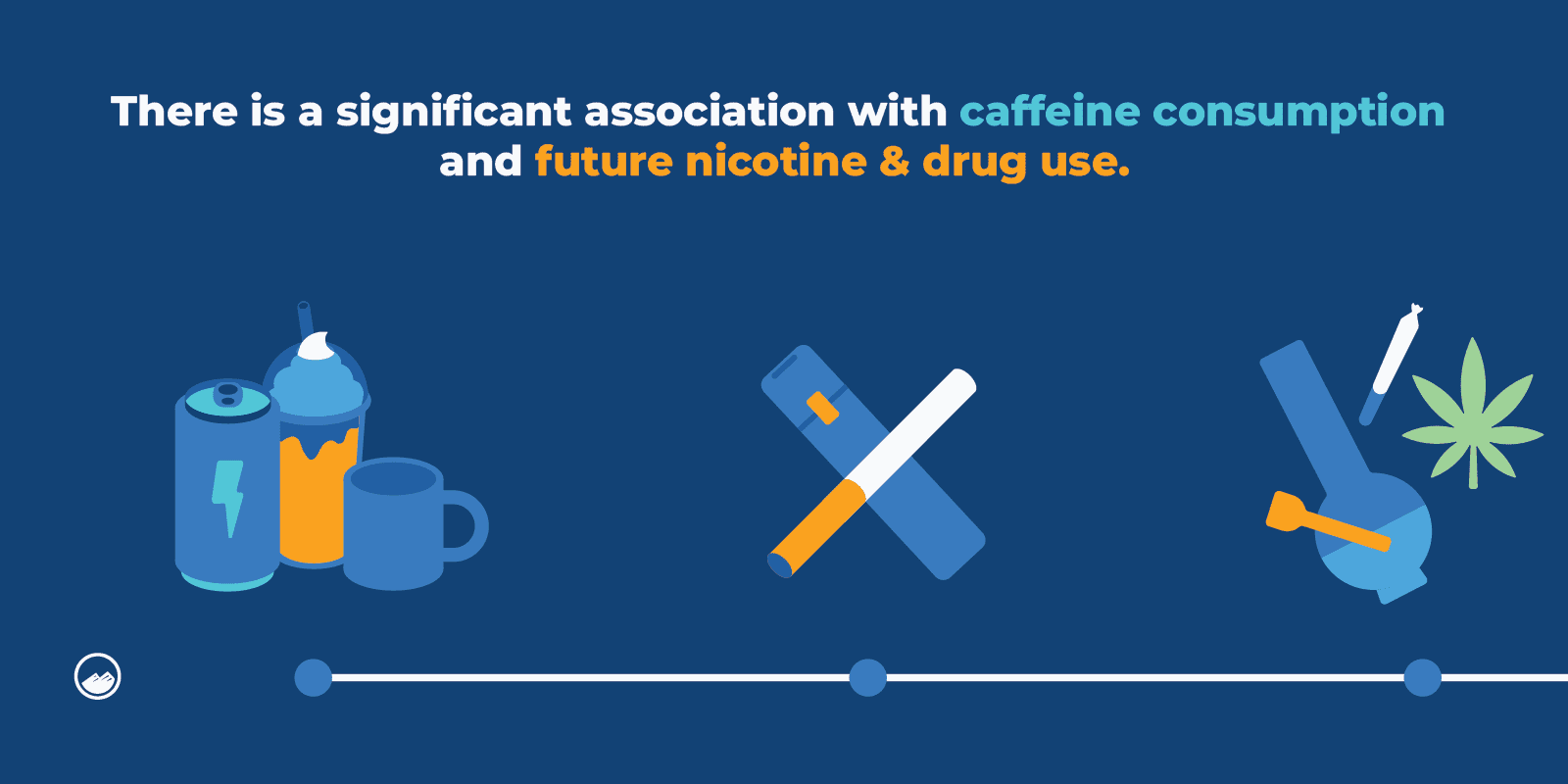Nine Discoveries About the Adolescent Brain that Transformed Our Understanding of Teen Substance Use


Adolescence is a pivotal phase in brain development, marked by increased plasticity. That enhanced ability to form new neural connections also introduces more vulnerability to harmful environmental influences.
In recent decades, researchers have found that substance use during this sensitive period can alter brain structures and functions and lead to a variety of long-lasting physical, social, and emotional consequences. Adolescent substance use is declining; however, overdose deaths among young people between 14 and 18 are rising significantly, highlighting the need for further research.

The Adolescent Brain Cognitive Development Study, also known as the “ABCD Study,” began exploring the future of developmental neuroscience when it launched in 2015. The study is tracking 11,875 children over a decade to understand the influence of various activities, and substance use in particular, on brain development.
Significant breakthroughs in addiction science and adolescent brain development have emerged independently of the ABCD Study. Sandstone Care analyzed medical publications hosted by the National Library of Medicine to compile nine breakthroughs in understanding the adolescent brain and substance use since 2000.
It’s important to note that many of the studies currently available on adolescent brain development and substance use implement a binary definition of gender that does not allow for conclusions about adolescents who identify as nonbinary.
YOUNG ADULT ADDICTION TREATMENT
Access levels of care designed to help young adults with substance use disorders address the underlying drivers of addiction — and start recovery.
A 2011 study by researchers at the University of Minnesota and the University of Maryland highlights the importance of preventing early substance use, revealing that the earlier a person begins abusing substances, the faster their use is likely to progress and the more likely it is to recur in adulthood.
During the adolescent phase of brain development, the brain undergoes a pruning process to remove less-used nerve cells and strengthen more frequently-used nerve cells. This process moves from the front of the brain to the back, affecting the prefrontal cortex last. This part of the brain governs decision-making and self-regulation processes.
The authors suggest this process explains both why adolescents are more susceptible to risky decision-making and why substance use during the brain’s developmental phases may increase the likelihood of developing substance use disorder as an adult.
A German study published in 2016 shed light on what leads to substance use disorder and identified possible groups who might be most affected by prevention efforts. Researchers first analyzed addictive behaviors among adolescents and young adults, finding that people from homes with lower incomes were more likely to smoke cigarettes.
Unemployed young men were more likely to consume alcohol in problematic ways than their peers who were still in school. However, young women still in school were more likely to use alcohol in harmful ways than their unemployed peers. In addition, people who were unemployed and had relatively little education were more likely than working peers with more education to consume cannabis and engage in problematic gambling.
In search of additional measures to reduce adolescent nicotine use, researchers in West Virginia issued surveys to sixth-grade students who had not used any form of nicotine previously and collected data on their current caffeine usage.
After a six-month follow-up survey, they found that 8% of participants had used nicotine. Even when controlling for variables including alcohol use, peer substance use, and perceived access to nicotine, the study found a significant association between caffeine consumption and future nicotine use in adolescents—a similar association was found in youth energy drink consumption.

Federal researchers, working with scholars in Maryland and at Harvard, solidified prior findings that youth substance use can develop into more problems over time. Researchers evaluated data from 17,000 adolescents between 12 and 17, finding that marijuana use in the previous month was associated with an increased likelihood of using cigarettes, alcohol, and other drugs.
Alcohol use in the previous month was linked to a higher prevalence of cigarette, marijuana, and other illicit drug use, which escalated with increased alcohol consumption. According to the researchers, this demonstrates that using one particular substance links to an increased likelihood of other substances use.
TEEN DEPRESSION TREATMENT
Teen depression involves intense feelings of sadness, hopelessness, and anger that last over a long period. Teen depression treatment can help.
Researchers at the National Institutes of Health explored contributing factors to the development of maladaptive behaviors in children—actions intended to self-soothe but that impede normal functioning, such as alcohol overconsumption and overeating.
By analyzing data about adolescent brains’ cognitive development, researchers identified significant contributing risk factors: diet, screen time, prenatal alcohol exposure, parental behavior, and socioeconomic status.
Using these factors, they categorized children into low-, medium-, and high-risk groups for maladaptive behaviors. The children in the medium- and high-risk groups ultimately displayed more impulsivity and reward-seeking behaviors linked with behavioral issues.
A Duke University scholar found gender-based differences in substance use patterns, which she says could guide future targeted intervention strategies. While males and females begin abusing substances at similar ages, males tend to escalate in use more quickly. One explanation the study found is that females have better self-regulation and lower impulsivity than males; another reason could be different hormone levels.
Male adolescents are also more susceptible to same-sex peer influence during this period, while female adolescents are more susceptible to influence from romantic partners.
Because of the adolescent brain’s increased plasticity, substance use during this period can be more consequential to the brain than during non-developmental phases at other ages.
Researchers at San Diego State University and the University of San Diego in 2009 explored existing literature on the effects of substance use on the brain in adolescence. They found that when compared with adolescents who did not use substances, alcohol users experienced abnormalities in the structure of the brain, including changes in volume and quality of white matter—as well as lower activation levels to cognitive tasks. Those changes were less noticeable among heavy marijuana users.

Early life stress can significantly disrupt the development of the brain as it takes place during a vulnerable neurodevelopmental period. Previous research has linked early life stress, such as prolonged neglect or sexual abuse, with the development of many psychiatric and medical disorders. In 2022, University of Texas researchers investigated how those stressors might lead someone to develop a substance use disorder.
Researchers—finding early life stress led to changes in regions of the brain responsible for stress regulation, emotional regulation, and reward sensitivity—concluded those changes may contribute to or intensify substance use problems.
ADDICTION CAN BE TREATED
Explore the options for young adult addiction treatment for common substance use disorders across several treatment centers.
In further exploration of the effects of early life experiences and the development of substance misuse, researchers in South Carolina, Virginia, and New York studied the emergence of substance use disorders among adolescents affected by the spring 2011 U.S. tornado outbreak.
Researchers issued post-disaster surveys and evaluated the data to find that about 3% of participants reported substance use after the tornado. Exposure to prior trauma and being of an older age were linked to increased use of tobacco, alcohol, and other drugs as well.
Additional research by Dom DiFurio. Story editing by Jeff Inglis. Copy editing by Kristen Wegrzyn. Photo selection by Joel Daniel.